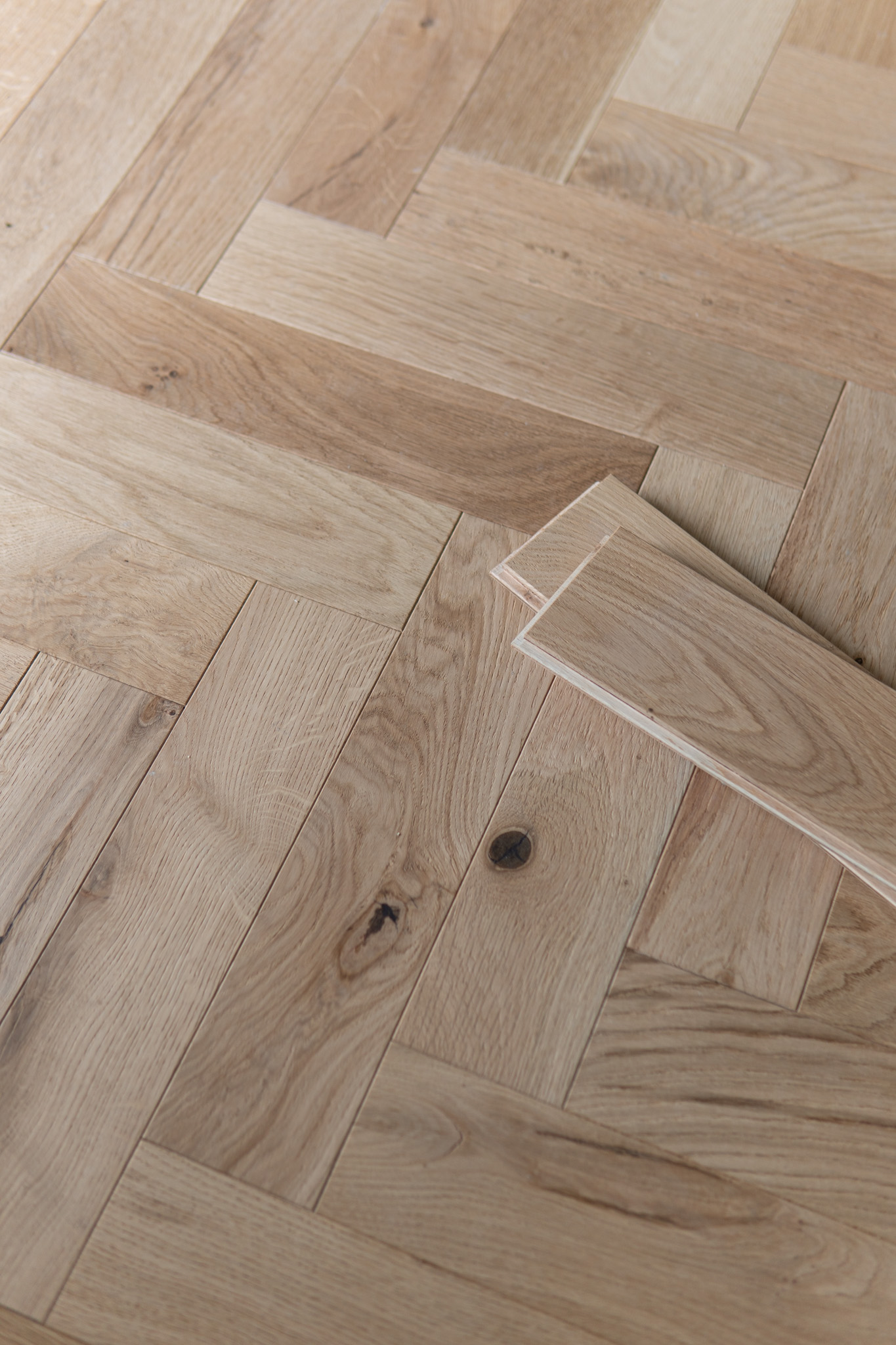Is Engineered Flooring Waterproof?

Engineered wood flooring is not inherently waterproof, but it can be more water-resistant compared to solid hardwood flooring. The level of water resistance in engineered wood depends on the specific product and its construction. Here are some key points to consider:
Construction: Engineered wood flooring is composed of multiple layers, with a real hardwood veneer on the top layer. The core layers are typically made of plywood, HDF (high-density fiberboard), or other materials. Some engineered wood flooring products are designed with water-resistant or waterproof core layers to enhance their resistance to moisture. These products are often labelled as “waterproof engineered wood flooring.”
Top Finish: The top layer of engineered wood is usually finished with a protective coating. The quality and type of finish can influence the flooring’s resistance to water and stains. A high-quality, water-resistant finish can help prevent moisture from penetrating the wood veneer.
Seams and Edges: The installation and quality of seams and edges also play a role in water resistance. Properly installed and sealed seams and edges are essential to minimise the risk of water infiltration.
It’s important to note that even waterproof or highly water-resistant engineered wood flooring is not completely impervious to water damage. While it can withstand spills and occasional moisture exposure, prolonged or excessive exposure to water can still lead to damage, warping, or cupping. Therefore, it’s essential to clean up spills promptly and avoid excessive moisture on the floor.
If you need flooring for areas with a high risk of water exposure, such as bathrooms or basements, you might want to consider other options like luxury vinyl flooring, which is explicitly designed to be waterproof and highly resistant to moisture. Additionally, always check the manufacturer’s specifications and guidelines to understand the level of water resistance of any engineered wood flooring product you’re considering.




